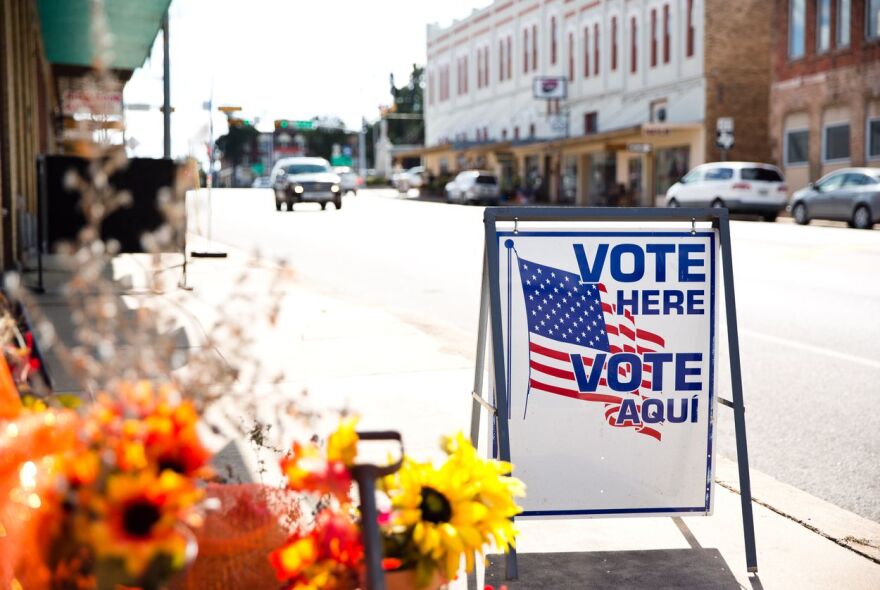It's indisputable that Texas has a depressing voter turnout history.
Year after year, the state ranks near the bottom in electoral participation, with turnout dipping even lower during non-presidential elections. Each time, the state’s dismal voter turnout is catalogued as a consequence of voter suppression efforts, uncompetitive races, an unmotivated electorate or any combination of those factors.
Many make the case that state lawmakers can do more to make it easier to vote, and the turnout figures leave little room for doubt that voter apathy seems to play a role in low turnout rates, particularly in primary elections.
But before the blame game begins this election cycle, here’s something to keep in mind: Low turnout in Texas is also tied to demographics. With early voting underway, here’s a closer look at the makeup of the Texas electorate and some context for those turnout numbers.
Hopes for a swell in voter turnout often hinge on the state’s burgeoning Hispanic population. But a breakdown of the population by age shows a third of Texas Hispanics aren’t even of voting age. In fact, those under 18 make up the state's largest age group for the Hispanic population. Meanwhile, those aged 45 to 64 make up the biggest age group of white Texans.
To be clear, Hispanic adults participate in elections at lower rates than their white and black counterparts overall, which makes them an easy target for voter mobilization efforts. But when it comes to convincing Hispanic voters to play a bigger role in elections, it doesn’t help that they’re already starting from behind.
Hispanics make up an even smaller share of the Texas electorate when you account for the state’s sizable immigrant population.
Home to 4.7 million immigrants, Texas ranks seventh among states with the biggest shares of residents who were born in other countries. It’s estimated that more than a third of those individuals are naturalized citizens who are eligible to vote. The rest are non-citizens — legal permanent residents, undocumented immigrants or immigrants with another form of legal status — who can’t participate in elections.
While a majority of immigrants living in Texas come from Latin American countries, the Asian population also sees a sizable drop in the count of eligible voters when you consider immigration status.
Electorally speaking, age is more than a number. It’s an indicator of how likely someone is to cast a ballot.
Texas as a whole is a young state, claiming the third-lowest median age in the country. But older Texans are more likely to turn out for both presidential and gubernatorial elections. Voters who are 65 or older boast the highest turnout rates in the state, followed by voters aged 45 to 64.
It’s fairly easy to grasp why their turnout rates are so high.
Those voters, demographers and political scientists say, are more likely to have stable housing, be married and have children. And they probably pay closer attention to issues that may draw voters to the polls — the quality of schools, property taxes or the conditions of the roads on which they drive. They are also more likely to have a voting history that will help them show up on voter lists that campaigns target.
Those factors go a long way in perpetuating the gap in turnout based on race because those individuals are also much more likely to be white. Almost two out of every three adults older than 65 are white, and half of voters aged 45 to 64 are white.
Put another way: White Texans outnumber voters of other races in the age groups that most consistently turn out to vote.


